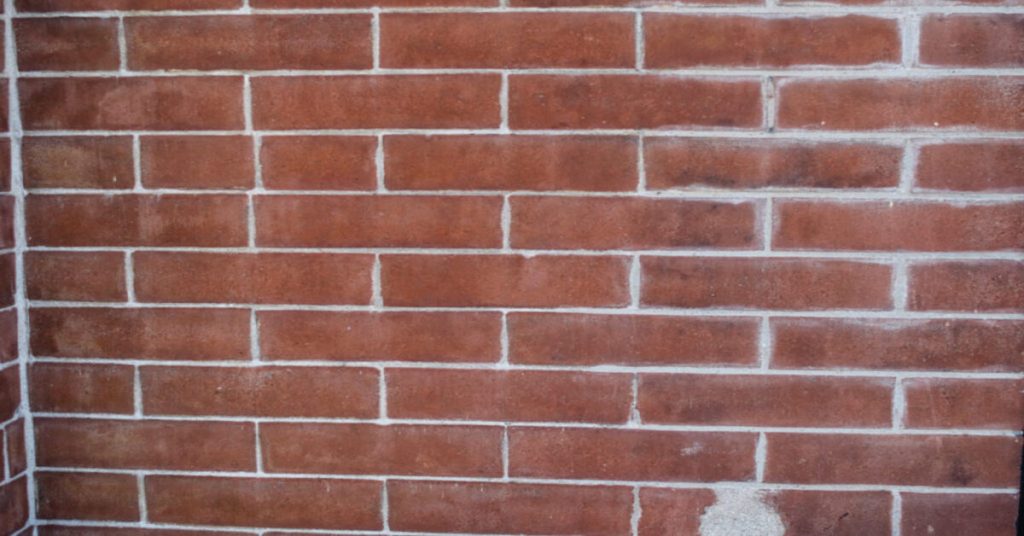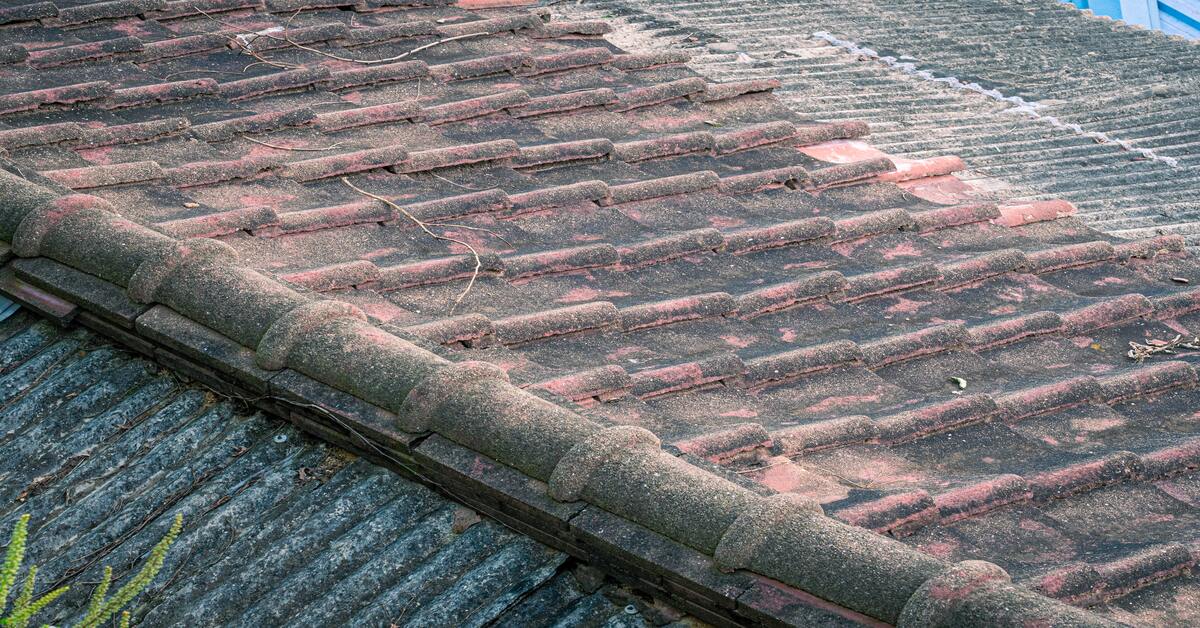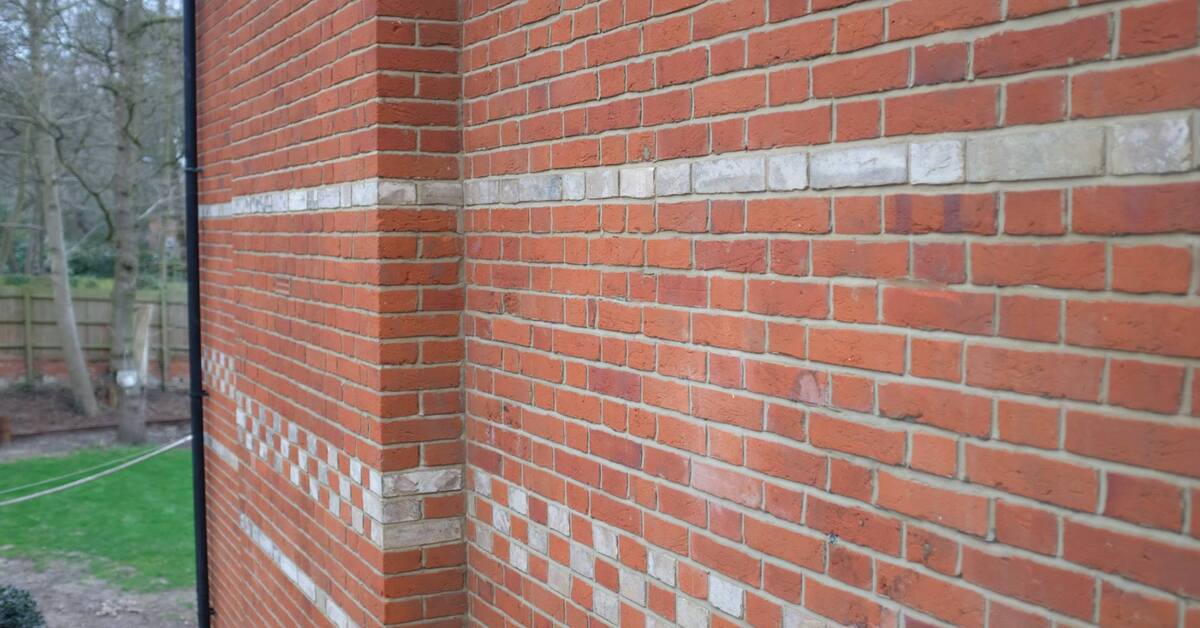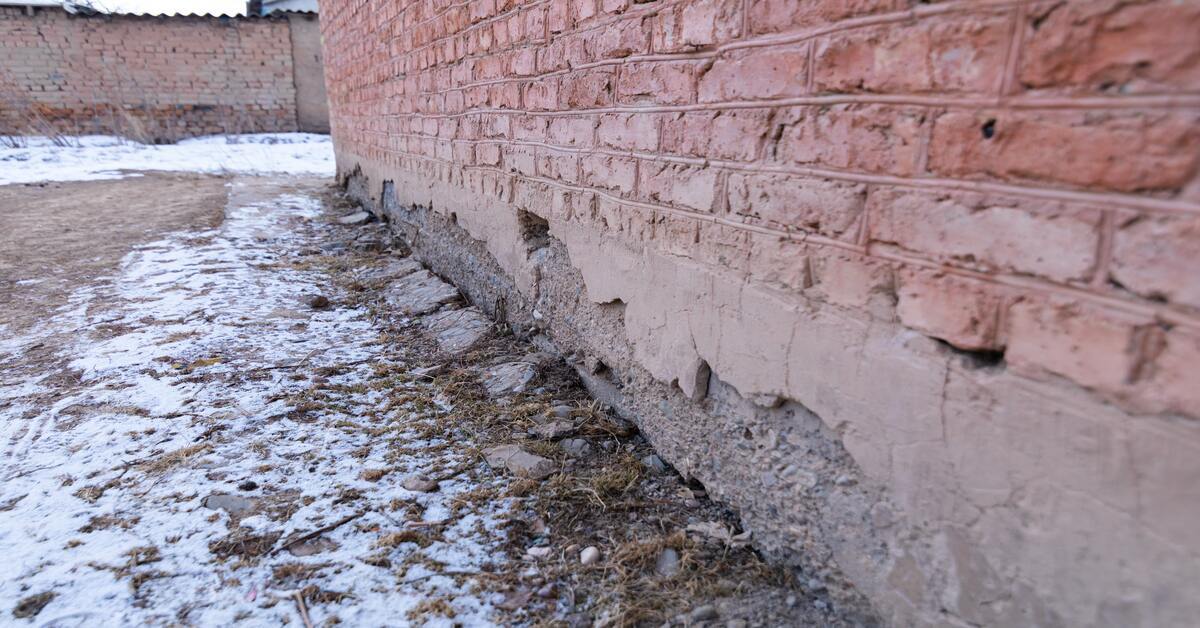

A strong, stable, and healthy roof is essential to the structural integrity of the rest of your home. If your property uses cement mortar for roof pointing, you may need to check whether it needs fixing. Cement can crack and break, allowing roof tiles to shift. Loose tiles can compromise the protection your roof offers.
Explore the benefits of fixing your roof with re-pointing and saving money in the long term.
What Is Pointing and How Does It Work?
‘Pointing’ refers to the finish between bricks, stone, or roof tiles used to build your house. Depending on how old your property is, the mortar between the brick, stone, or roof tiles will be composed of lime or cement. Poorly applied pointing can seriously damage older buildings.
Mortar in brick walls or on your roof acts as bedding between the stones. In addition, the mortar prevents water penetration through joints while allowing the wall or roof space to breathe. It must also be flexible to allow the roof structure to move, settle and shift according to thermal responses and weather conditions.

Old Houses With Lime Mortar
Old mortar mix used lime mortar. Therefore, the walls and roof space likely don’t have cavities. Consequently, you must use a different repointing mortar method. Older stone, brick,k, and tiles are less absorbent than lime mortar. Therefore, moisture (condensation or external rainfall) escapes through the mortar joints.
If you allow your mortar joints to breathe, your internal roof space and the brick wall will stay dry.
Houses With Cavity Walls
New houses use cement mortar. This new mortar mix might crack. As cement is rigid and inflexible, the mortar will break and crumble as the building moves, allowing water into the structure.
If re-pointing, you can add lime to your cement mortar mix to improve flexibility. Or, consider using mechanical fastenings with a dry fix method. Without mortar, your roof will last longer without suffering significant damage.
How to Re-Point
Re-pointing regularly will improve your roof lifespan and prevent further roof damage. Follow our step-by-step guide.
Firstly, you will need the following tools:
- Chisel
- Cement mixer
- Pointing trowel
- Scaffolding or ladder to reach the roof safely
- Soft brush
- Wire brush
- Lime
- Sand
- White cement

1. Remove the Existing Mortar Joints
To begin re-pointing, you will need to clear the area and remove any old or original mortar, plants, moss, or other debris. Install the necessary scaffolding or ladder to ensure you can safely access the roof to perform the job. If you doubt your ability to re-point your roof safely, contact professional roofers to help.
Use a hammer and chisel to remove old pointing mortar. Brush away any excess dust before starting the next step.
2. Make Your Mortar Mix
To ensure colour consistency throughout the roof, you should carefully measure your mortar mix. For modern buildings (those without lime mortar), you will need yellow building sand, lime, and white cement.
3. Choose Your Point and Begin Re-Pointing
Most roofers begin from the top and work downwards. However, you can choose to start whether you like – after all, each roof is different. Begin the job in the most suitable place. Push the mortar in firmly. Once you have re-pointed two or three courses, you must also fill in vertical joints.
Don’t worry about overlapping joints – you can neaten up excess mortar later. Leave the mortar until it’s nearly dry. The time it takes to dry depends on the weather conditions and your roof direction concerning the sun. It shouldn’t take more than a few hours.
3 Benefits of Fixing Your Roof While Brick Pointing
Are roof health checks and maintenance necessary? Here are three benefits of fixing your roof with re-pointing.
Water Damage

When mortar cracks, shifts and breaks, it creates gaps for water to leak through into your property. There are many reasons you don’t want leaks. Aside from getting wet, water damage can cause many expensive problems, from mould to weakening the structural integrity of fine joints, wall ties, wood rot, and more.
Mould Growth
Mould is very bad for your roof structure, building’s integrity, and the health of the inhabitants. It’s typically caused by dampness getting into the home from poor ventilation or roof leaks.
It’s dangerous to breathe in and, if left unattended, can damage the brickwork and roof space. If you, or your family members, have asthma, allergies, or respiratory issues, you’ll be at greater risk.
To avoid damage, brick pointing and regular roof re-pointing will protect your roof from mould growth and ensure your home remains healthy.
Costly Renovations
You may see a few missing, cracked, or loose roof tiles and not think it a big problem. However, if you don’t repair the mortar and replace the tiles immediately, you’ll regret it. You might face a costly restoration when the outside elements get into your home through crumbling mortar joints.
As mentioned, wood rot, dampness, and mould are extensive issues no homeowner wants to face. The health damage aside, you’ll have to settle a hefty bill.
How Much Does It Cost to Re-Point My Roof?
So, how much might you have to pay to re-point your roof? Fortunately, re-pointing is a quick, easy, and relatively affordable job. Compared to repairs for more significant damage, roof re-pointing won’t break the bank. How much you spend depends on your roof’s size and how recently you renovated it. Some jobs are straightforward, others more complex.
To estimate the cost, consider the following points:
- Labour costs might be high – roofers will need to dismantle the old mortar and tiles, which is a dirty and risky job. You can save money by doing it yourself if you have the skills.
- The size and shape of your roof. A large roof with many steep apexes will require more materials and present a higher risk to the labourers.
- Quality of materials. The higher quality tools and materials you use, the higher your costs. However, a better mortar mix will usually last longer and perform better, meaning you may save money in the long run.
How Do You Know if Your Roof Needs Re-Pointing?
You should conduct regular roof health checks to ensure your property is in the best possible shape. If you notice any damage, such as leaks, dampness, mould, or broken tiles, check whether your roof needs re-pointing.
